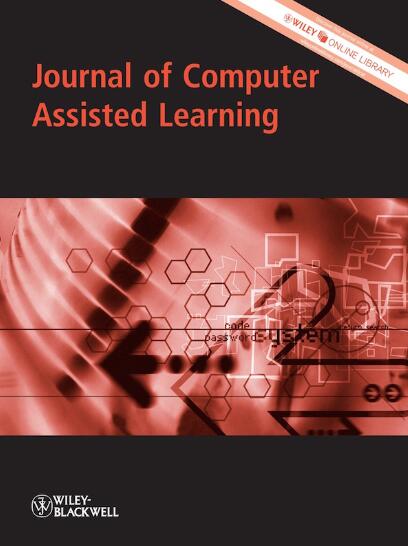Many studies have highlighted the positive effects of visual programming instruction (VPI) on students' learning experiences, programming self-efficacy and flow experience. However, there is a notable gap in the research on how these factors specifically impact programming achievement and learning intentions. Our study addresses this gap by focusing on flowchart-based programming—a relatively underexplored area in educational research. To ensure relevance to the educational context, AbilixChart and Ability Storm SK902 were specifically selected for their alignment with the curriculum of the target school, where these tools are widely utilised in both teaching and extracurricular activities. This alignment allowed for a seamless integration of these tools into regular classroom practices after the study's conclusion, ensuring continued application and maximising the study's practical impact. Furthermore, integrating educational robots enhanced student engagement and provided a practical means to evaluate the accuracy of their programming skills. By doing so, our study not only contributes to filling a gap in the literature but also has the potential to influence educational practices by demonstrating the value of incorporating flowchart-based programming and robotics into the curriculum.
The present study aims to conduct an instructional experiment utilising VPI with flowchart-based programming tools. The main objective is to investigate how these tools influence 219 high school students' flow experience, programming self-efficacy, and sustained learning willingness.
This study employed a pre- and post-test design with a single group and conducted an 11-week instructional experiment. The students used the Abilix Chart software and the Ability Storm SK902 kit to build an intelligent car and learn about visual programming. They were tasked with independently designing programs to solve practical problems in different scenarios. Research tools included Scales of Flow Experience, Computer Programming Self-Efficacy, Sustained Learning Willingness and Program Achievement.
The findings revealed that VPI effectively improved students' programming achievement, flow experience and programming self-efficacy. Students with programming learning experience surpassed their inexperienced peers in willingness to engage in sustained learning. Conversely, 4.57% of the group with lower pre-test scores and no learning experience showed more positive emotional experience than those with learning experience.
The results indicated that VPI positively affected programming achievement, self-efficacy and flow experience. Regardless of prior programming experience, all students benefited from VPI. Additionally, self-efficacy and flow experience were key factors influencing sustained learning motivation and achievement.


